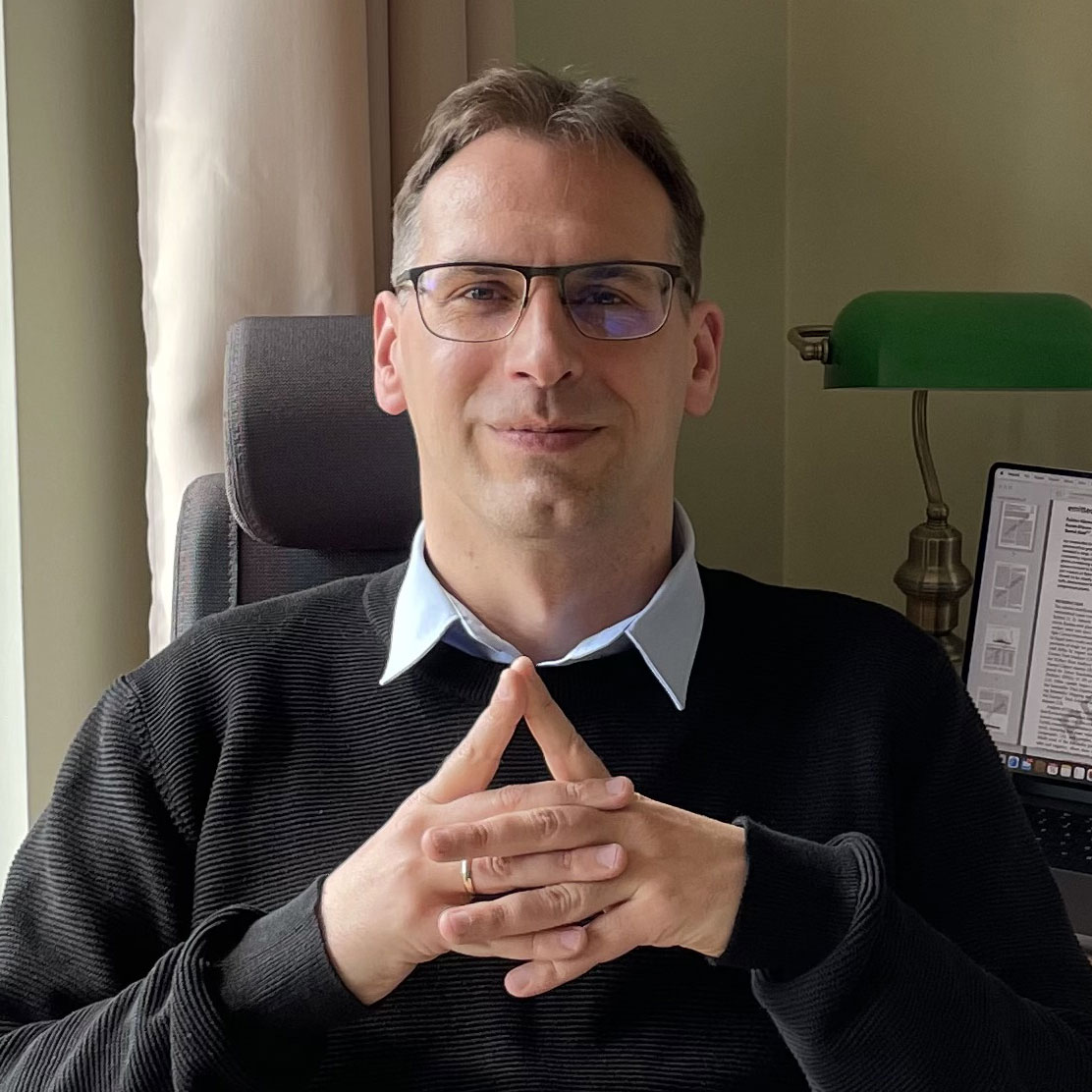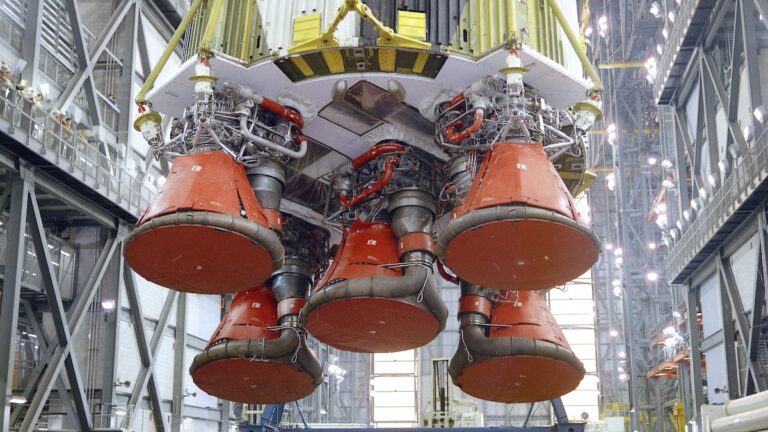A fusion reactor in San Diego surpasses a limit on plasma density.
Using nuclear fusion, the process that powers the stars, to produce electricity on Earth has famously been 30 years away for more than 70 years. But now, a breakthrough experiment done at the DIII-D National Fusion Facility in San Diego may finally push nuclear fusion power plants to be roughly 29 years away.
Nuclear fusion ceiling
The DIII-D facility is run by General Atomics for the Department of Energy. It includes an experimental tokamak, a donut-shaped nuclear fusion device that works by trapping astonishingly hot plasma in very strong, toroidal magnetic fields. Tokamaks, compared to other fusion reactor designs like stellarators, are the furthest along in their development; ITER, the world’s first power-plant-size fusion device now under construction in France, is scheduled to run its first tests with plasma in December 2025.
But tokamaks have always had some issues. Back in 1988, Martin Greenwald, a Massachusetts Institute of Technology expert on plasma physics, proposed an equation that described an apparent limit on how dense plasma could get in tokamaks. He argued that maximum attainable density is dictated by the minor radius of a tokamak and the current induced in the plasma to maintain magnetic stability. Going beyond that limit was supposed to make the magnets incapable of holding the plasma, heated up to north of 150 million degrees Celsius away from the walls of the machine.
Since the power output of a tokamak was proportional to the square of fuel density, this limit didn’t bode well for fusion power plants. A commercial reactor would either need to be huge or drive absurdly high plasma currents. The former meant it would be catastrophically expensive to build, and the latter that it would be expensive to run.
But there has been hope. Since then, many research teams working at different tokamak facilities—including the Joint European Torus (JET) in Britain or ASDEX Upgrade in Germany—achieved plasma densities exceeding the Greenwald limit. In response, Martin Greenwald himself revised his claim a bit, saying that the limit applied not to the line averaged plasma density in the entire reactor but only to the portion of the plasma occupying less than 10 percent of the radius near the reactor’s wall.
While the actual density numbers were pushed a little, the working principle behind the Greenwald limit still held—when the plasma density went up above the Greenwald line, the quality of confinement went down. “The major phenomenon people discovered in the high-density experiments was reduced energy confinement when plasma density was increased,” said Siye Ding, a researcher at General Atomics working at the DIII-D National Fusion Facility.
To use fusion for energy production, we need both high density and high confinement. “For the first time, we have experimentally demonstrated how to resolve this problem,” said Ding.
Self-organizing puzzle
“When you make a plasma in your reactor, there is a whole combination of parameters,” explained Andrea Garofalo, a sciences manager at General Atomics who worked on the experiment at DIII-D. “What is the plasma current, what is the toroidal field, what is the external heating versus time. Combinations of such parameters can vary in tokamaks—you can have plasma current higher or lower, you can start the heating early, you can start it later. All this comprises what we call a scenario.”
“We’re talking about optimizing the waveforms of power, fueling, etc. to achieve the right configuration,” he added.
The configuration he and his colleagues achieved (called the high-poloidal-beta scenario) worked like a charm.
People working on nuclear fusion use various metrics that integrate multiple parameters into simple numbers to make it easier to compare the performance of different fusion experiments. The H98Y metric tracks the quality of confinement. The high confinement mode that will be used at ITER has H98Y equal to 1. Plasma density is often denoted as FGR—the Greenwald fraction—which describes how far below or above the Greenwald limit plasma density can get. FGR equal to 1 means density exactly at the Greenwald limit.
What Ding, Garofalo, and their colleagues achieved was the FGR of 1.2 and the H98Y of 1.5. “It doesn’t seem like a big difference,” said Garofalo. “But even with this H number, going from 0.5 to 1.0 takes you from an economically unfeasible reactor to an economically feasible reactor. And going from 1.0 to 1.5 really allows the reactor to be more compact, and that is the key thing.”
Then there’s the question of safety. Many different things can go wrong in a working tokamak. Turbulence can transport immense amounts of heat from the plasma to the outside. It takes just a few milliseconds for phenomena called ELMs, magnetohydrodynamic instabilities occurring in the edge region of a tokamak, to deliver several tens of megawatts of heat per square meter to the wall. “These would melt tungsten, bring the temperature very rapidly beyond a few thousand degrees Celsius on the wall, which would definitely melt it,” explained Garofalo. But in their configuration, both turbulent transports and ELMs seemed suppressed.
“Further, the high-poloidal-beta scenario maximizes the self-generated plasma current, known as the bootstrap current. You don’t need a lot of external power to drive the plasma current. The plasma drives its own current. And this self-generated current is right where you need it to stabilize the turbulence. All puzzles fall in the right place,” Garofalo said.
The total time those puzzles stayed in the right place was 2.2 seconds—by nuclear fusion standards, that’s a pretty good result. “Compared to the turbulent transport time scale and to the energy confinement time, those 2.2 seconds of good performance is very long. It’s meaningful in respect to the important time scales,” Garofalo said. The question is if the same trick will work outside of DIII-D tokamak in San Diego.
Trial and error
“Historically, other machines that switched from graphite walls to tungsten, like, for example, JET, had trouble recovering the good performance,” Garofalo said. “It took many years to improve the performance to the level they were having with graphite.” With so many variables in the fusion process, you typically can’t just copy/paste a good scenario from one machine to the other. So Ding and his team aim to try their approach at other tokamaks, especially the ones with metal walls.
“The wall material people envision for future fusion pilot plants is probably metal,” said Ding. The issue is serious because, even with the best confinement, some of the plasma eventually will hit the wall and erode it. This means the material from the wall will mix with the plasma in the machine. “Different wall materials define what kind of impurity you will get in the plasma. The impurity you get from a metal wall may affect the plasma differently,” Ding added. And metal, specifically beryllium, is the material for the walls of ITER.
“Our findings really advance the ITER physics. We know that ITER is now seeking some additional plan for its operation goals, and I think we have a very good scenario for this additional goal,” Ding said.
“Will our scenario make ITER more efficient, produce more energy? I don’t think so necessarily. But for ITER, it promises a safer way to operate,” said Garofalo.
Right now, the goal for ITER is Q=10 which means making 10 times the energy it needs to run. The plan to achieve this involves using a plasma current reaching over 15 MA. “One problem with 15 MA is that you have very large [instabilities called] ELMs that can melt the wall,” Garofalo said. “The other problem is that there is increased probability of plasma collapsing very quickly and damaging the machine—we call that disruption. Our scenario reduces the plasma current, which makes the ELMs smaller, makes the probability of the disruption smaller, and makes the consequences of disruption more benign. It’s potentially a safer path to this Q=10 goal.”
Nature, 2024. DOI: 10.1038/s41586-024-07313-3
Jacek Krywko is a freelance science and technology writer who covers space exploration, artificial intelligence research, computer science, and all sorts of engineering wizardry.

